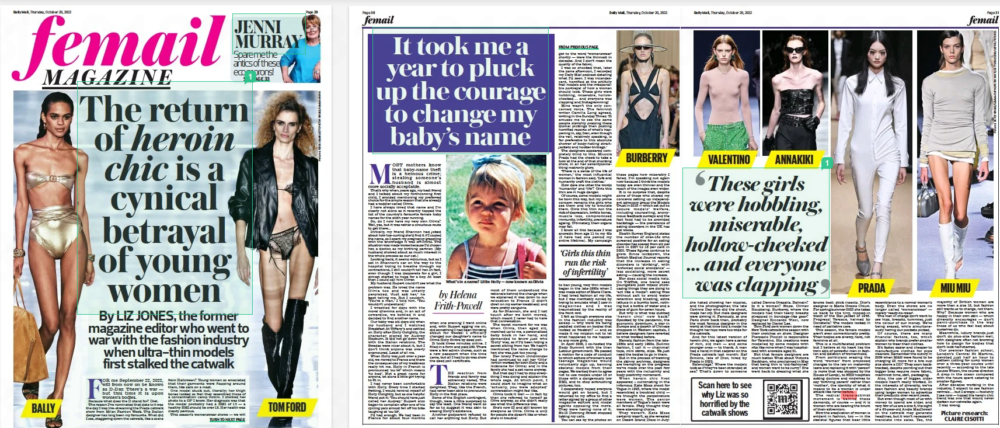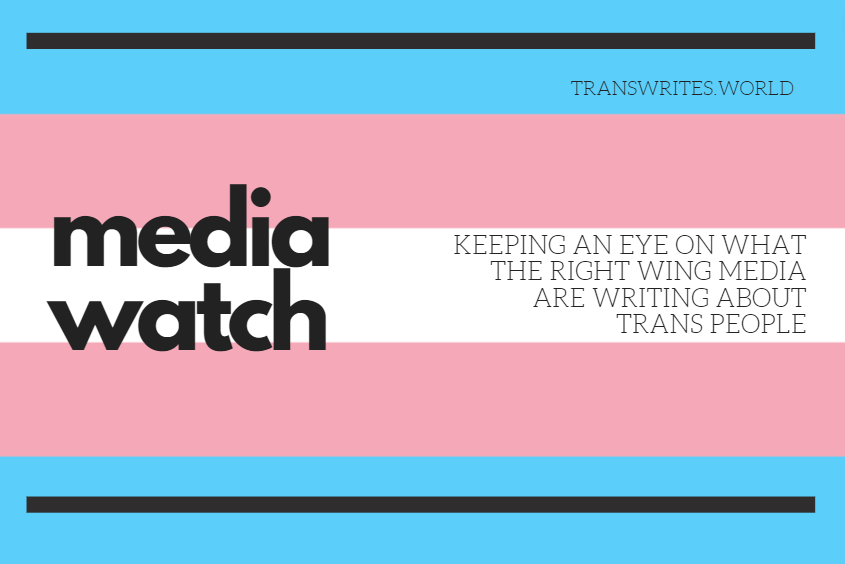After a relatively quiet week, the Daily Mail is back with its nonsense, this time in Liz Jones ‘femail’ column’.

Long gone are the days when we expected journalists to actually have a clue about the subjects they are covering, especially if it is about trans people.
Never have a group of ‘professionals’ been so determined to write as much as possible about a topic while simultaneously remaining wrong about almost all of it.
So, we have Liz Jones who writes in Thursday’s Daily Mail, “From politicians erasing the word ‘woman’ from proposed changes to the law on maternity leave and replacing it with ‘person’ (a move that was stopped by the House of Lords), to NHS hospitals asking doctors and midwives to say ‘birthing parent’ rather than ‘mother’, the identity of what it means to be a woman is under attack like never before.
“The radical trans- activist movement is behind these demands, of course — and it is women who are bearing the brunt of their extremism.
“Now the eradication of women is evident in fashion, too — in the skeletal figures that bear little resemblance to a normal woman’s body. Even the shows are no longer called ‘womenswear’ — merely ‘ready-to-wear’.”
As you know, doctors and nurses have only been asked to use the term ‘birthing parent’ if the person giving birth isn’t comfortable with the word ‘mother’.
But why should Jones care about facts when she was so obviously desperate to shoehorn an attack on trans people into her ridiculous article that has nothing to do with trans people in the slightest?











